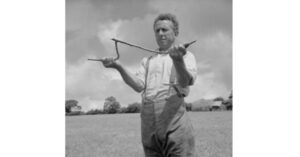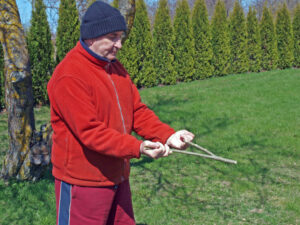The world is changing so quickly due to technological advancements that it may seem unrecognizable to earlier generations. These modifications demonstrate the adaptability of people and the advancement of society, posing both obstacles and opportunities for the future. Simultaneously, younger generations are becoming increasingly removed from the kind of life that their parents and grandparents had.
The rise in popularity of an internet trend asking communities to identify “strange” and “unusual” goods that our ancestors once utilized is noteworthy. These artifacts are occasionally discovered in basements and attics; they are placed there to serve as a reminder of eras that are probably gone forever.

Most recently, we came across an intriguing item that captured our interest. We have also asked the internet community for assistance, eager to learn more about it.
The thing in issue is relatively unimpressive other from its Y-shaped resemblance to an ordinary, old tree limb.
This weird object turns out to be from the 1500s. There are various names for it, the most popular being “Water Dowsing,” but other titles include “diviner,” “doodlebug,” “well witch,” or “water-finder.”
The name of the function it performed—locating water—speaks for itself!

The Y-shaped stick is used by grasping both ends in each hand, palms facing up. The two branches meet at a bottom point that is 45 degrees angled downward into the earth.
It is said that the person carrying it feels vibrations at the Y’s tip as they move back and forth, suggesting the existence of water beneath the surface.
Dowsing with metal rods was first used as a method to find metals in the ground in the 1500s. Later, this technique was modified to help newly arrived rural landowners locate water supplies.
Watch the video below to find out more about dowsing.






